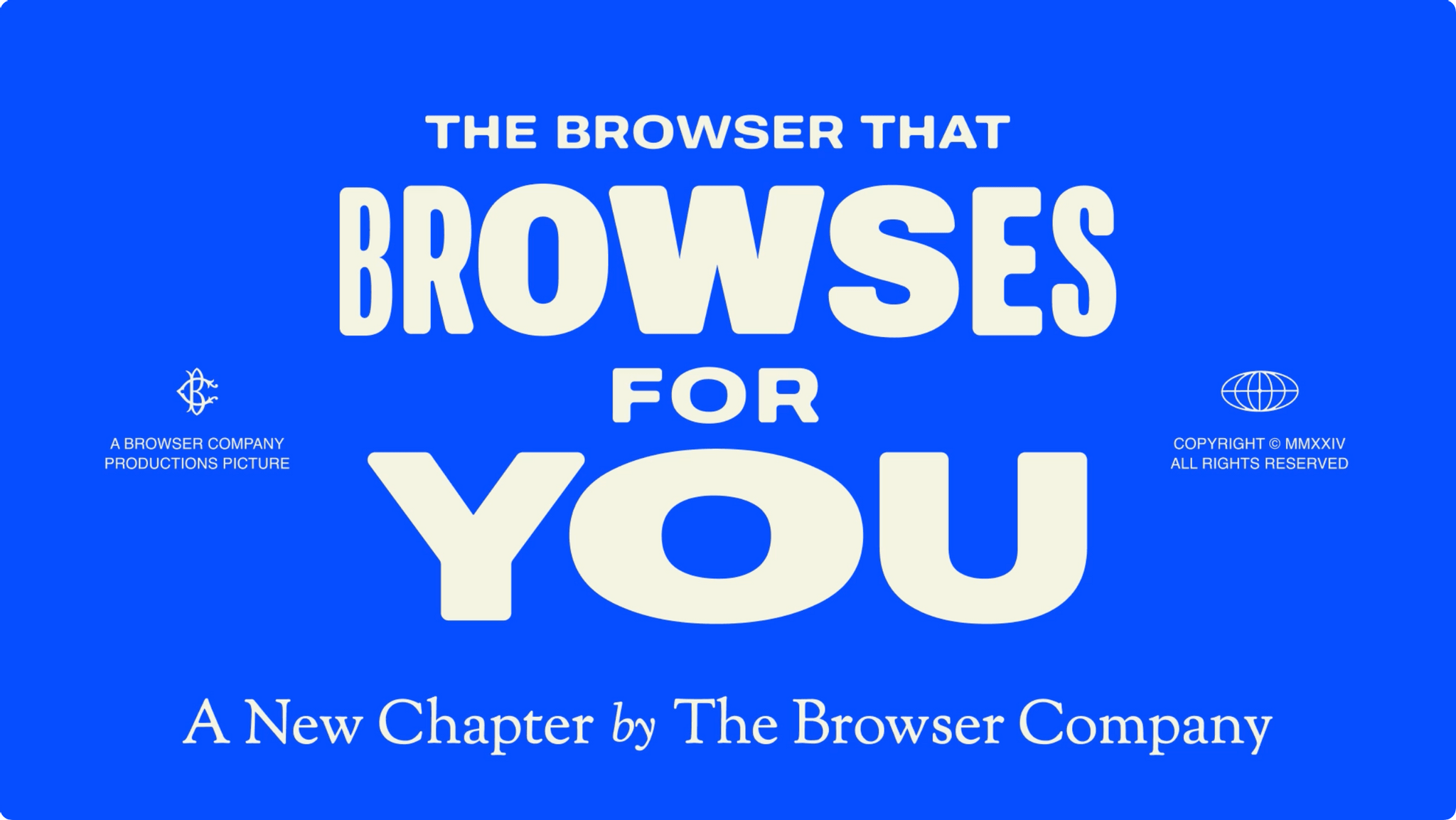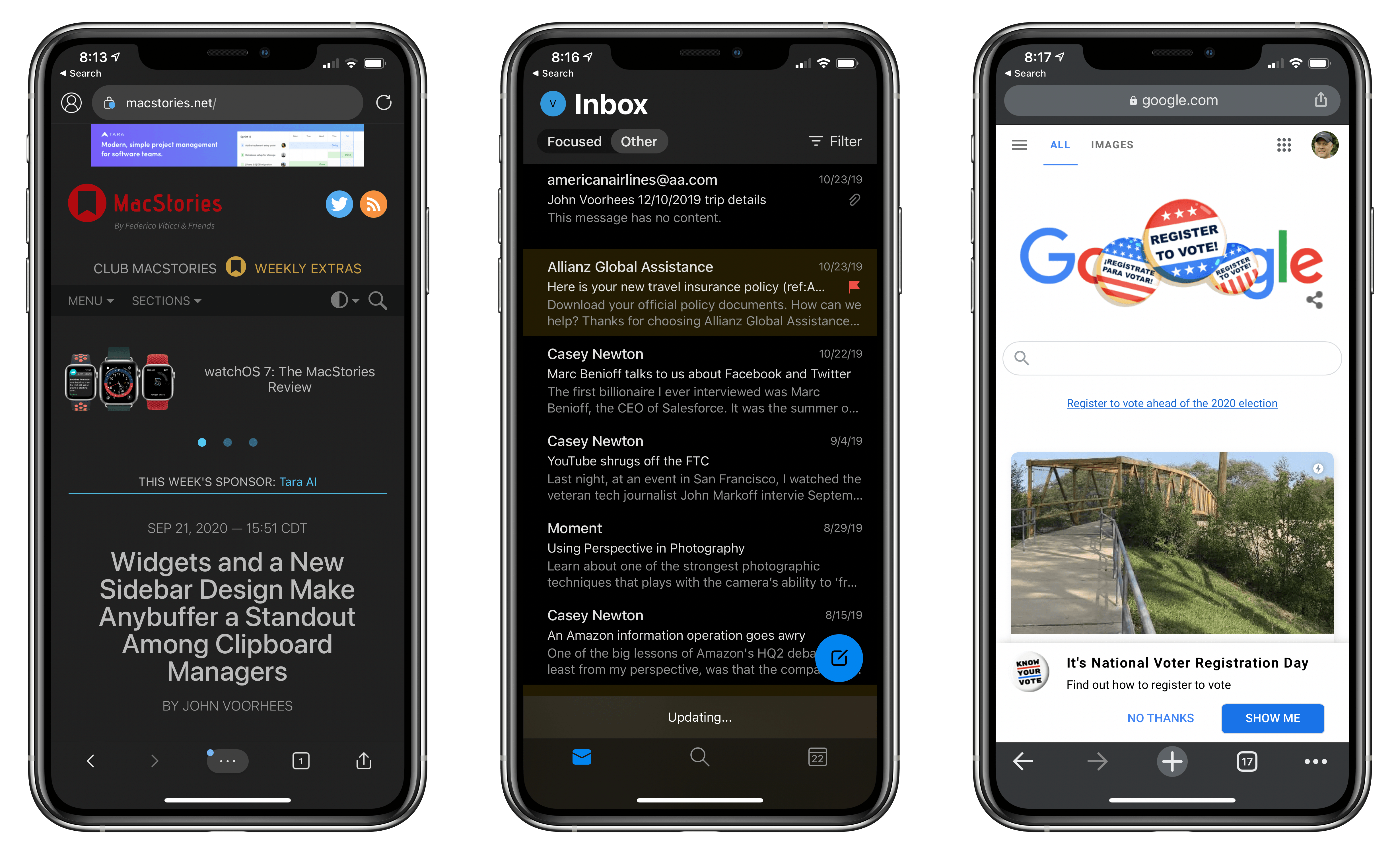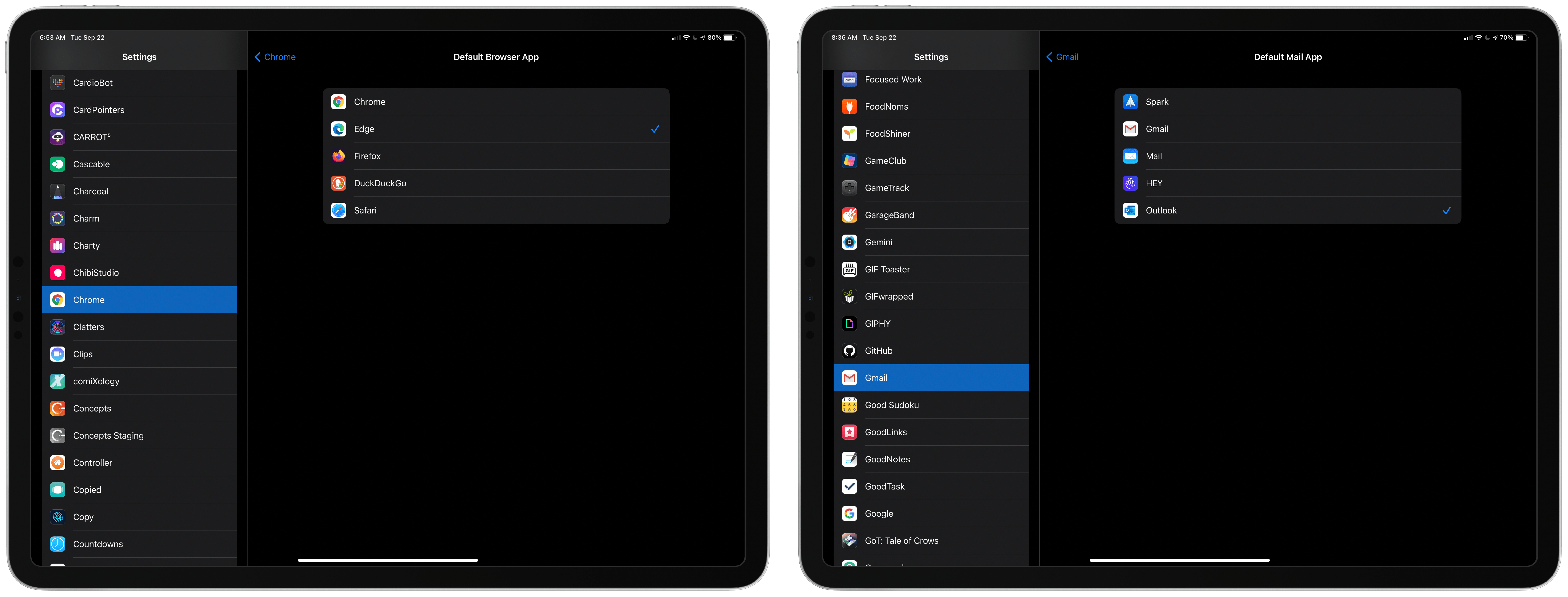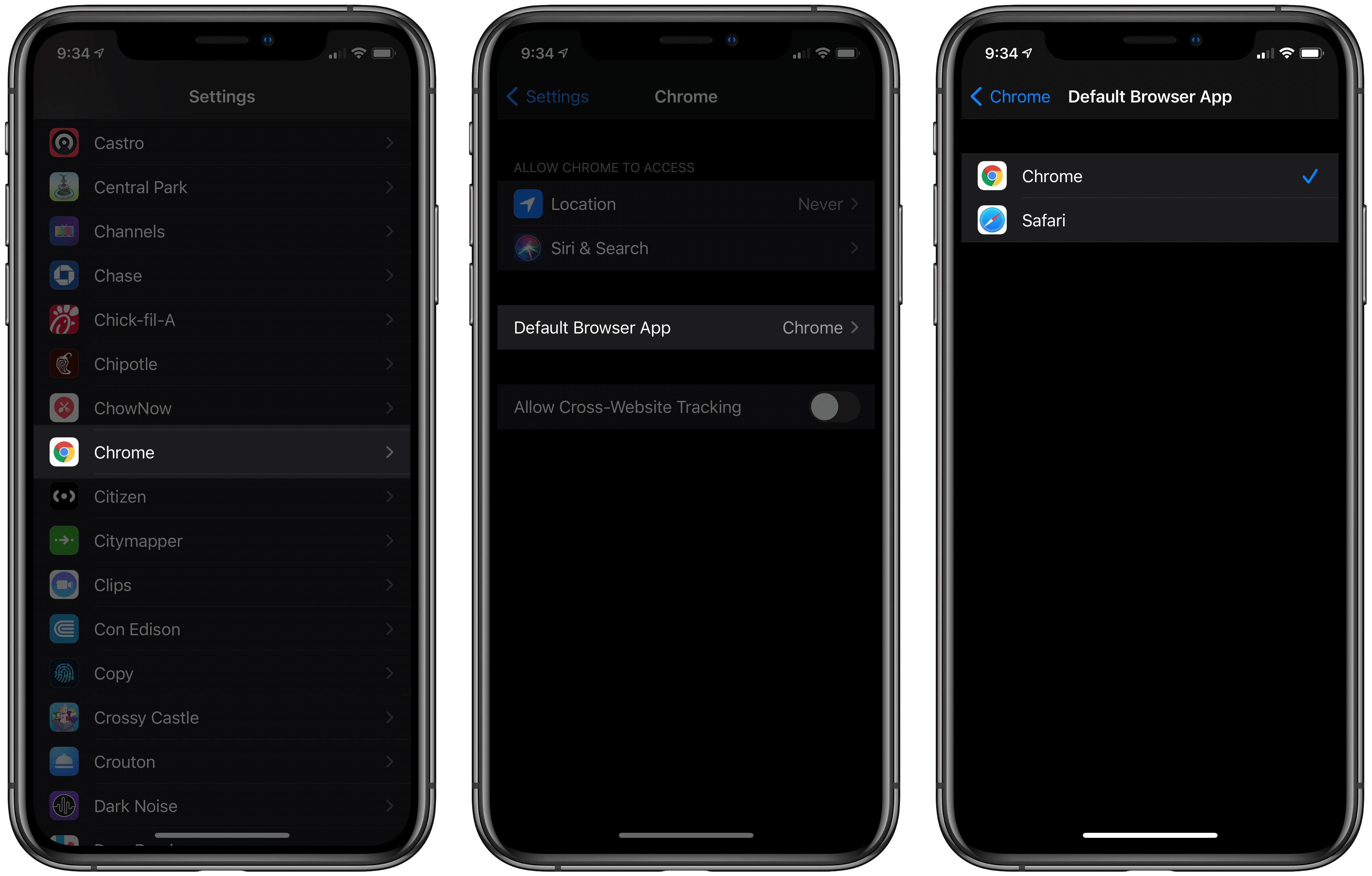When I first reviewed Vivaldi for iOS back in October, I was disappointed by the small number of customization features that were available in the app at launch. This was especially remarkable since Vivaldi Browser is mostly known on the desktop for its emphasis on UI customization and advanced features. In the iOS version of the app, you couldn’t change the color of the tab bar, nor could you customize the new tab page with a background image.
Today, however, Vivaldi on iOS was updated to version 6.6, which brings the ability to customize the app’s user interface with colorful themes. You can now choose from a handful of pre-selected colors, use the native iOS color picker, and even opt to have the accent color of the UI dynamically change based on the site you’re currently viewing. Additionally, you can now also set a custom background image for the new tab page. Combined with the ability to move the tab bar to the bottom of the screen, these new features bring the iOS version much closer to what we’ve come to expect from Vivaldi, at least in terms of appearance settings.
Vivaldi 6.6 also comes with a new setting to force dark mode on web pages that do not natively support it. As a big fan of Noir, a Safari extension that does just that, I am super glad to see this feature being implemented in more third-party web browsers.
Vivaldi on iOS is still in its early days, and it’s missing many of the capabilities of its desktop counterpart when it comes to tab management, including tab grouping. But I still believe the app can establish its niche on the iPhone if it keeps steadliy gaining more of these quality-of-life and customization features.
If you feel like giving the updated Vivaldi a try, the app is available for free on the App Store today.










